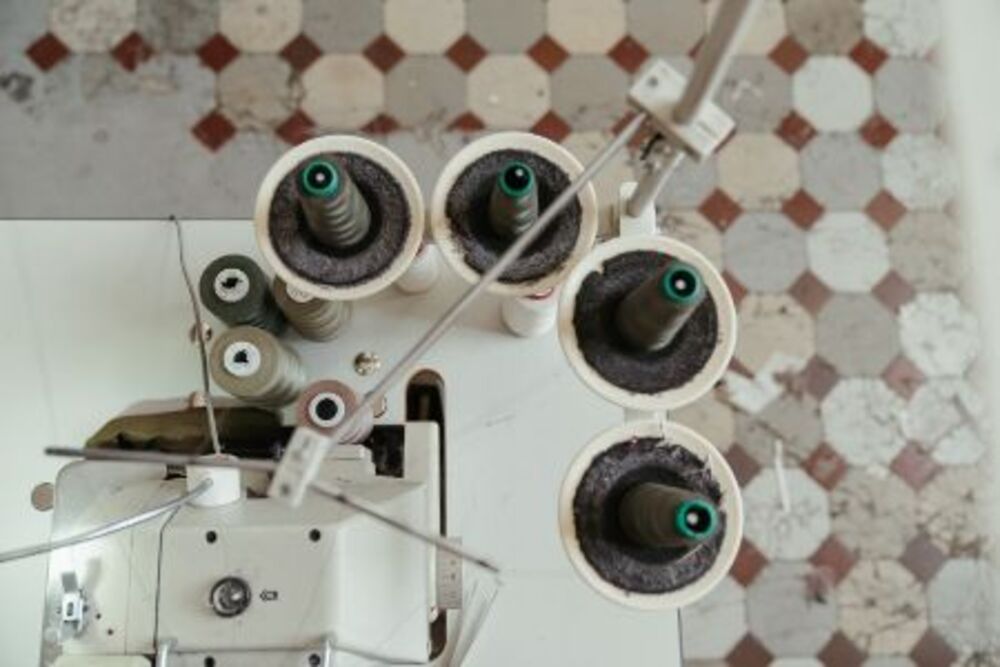Buying an Automatic Sewing Machine
Considerations when purchasing an automatic sewing machine are numerous. Some individuals prefer more complex computerized models with multiple stitch patterns while others may settle for simpler mechanical machines that are capable of meeting most of their projects.
Second-generation computerised machines typically feature back-tack, UBT and NP attachments as standard equipment, as well as thread catcher and thread wiper features.
Stitches
Before starting to sew, ensure your machine is threaded properly and practice raising and lowering its presser foot – too much force could tear the fabric or damage its needle, potentially breaking both.
Best embroidery machine for beginners and automatic sewing machines offer various stitch options, with most employing either straight stitch or zigzag stitches as the predominant option for most projects. While these two stitches may suffice, decorative stitches offer greater scope when adding flair and creativity to your projects.
Establishing the machine depends on its type and function. First, find a comfortable spot to sit, placing the pedal within easy reach. Plugging it in, turning it on, practicing on scrap fabric until familiarized, consulting the manual if necessary – finally sewing!
Functions
Fully automatic sewing machines are used to quickly sew garments and fabric goods in factories or homes, saving both time and effort. Connected to an industrial internet network for convenient data management of production data. Equipped with features such as cutter and pressure bar lifter for effective operation.
There have been various sewing machines designed to sew a complex seam involving several stitches on a workpiece. These machines use stitch instructions from a data memory to control relative positioning between workpiece and needle. The present invention provides an automatic programming system capable of automatically working out stitch instructions for sewing machines to form unit pattern patterns that make up desired lines on workpieces. This system determines each stitch position on workpiece by tracing profiles drawn onto record medium and calculating resulting movement distances.
Controls
Sewing machines use controls to enhance both their performance and appearance of stitched seams. The work piece feed mechanism plays an integral part in this regard; its movements affect fabric movement during stitching process. For optimal stitch length results, work piece movement should occur smoothly and continuously throughout stitching process.
Auto-tension features on computerized sewing machines are an incredible convenience that allow them to automatically regulate thread tension without needing manual intervention from their operator. These features allow the user to focus on other tasks without being distracted by tension adjustment of the machine; however, some considerations must be kept in mind when searching for such features.
Most modern sewing machines feature this feature, including Sunbeam and Smartek models. Michley machines may also offer good value; however, please keep in mind that most have manual tension controls instead of full auto tensioning features.
Cost
The cost of a sewing machine varies by brand and model, though certain models tend to be less costly than others. Pricing also varies significantly based on features and functions chosen; computerized models tend to cost more due to advanced features like wireless compatibility, touch screens, downloadable software for designing patterns online as well as online design spaces for creating patterns.
Babylock, Pfaff Creative 3.0 and Juki are among the industry’s premier brands in terms of high-quality sewing machines with plenty of extra features for the money. They make excellent choices for professional or experienced sewers looking for versatile machines with ample extras at a reasonable cost – ideal for professional or experienced sewers alike who desire something durable that won’t let them down for years. Entry-level machines with basic functions can cost around $250 while more comprehensive high-end models that feature all sorts of bells and whistles can run up to $3,000. Finally, each user decides what features they require from their ideal sewing machine before selecting their ideal model(s).

